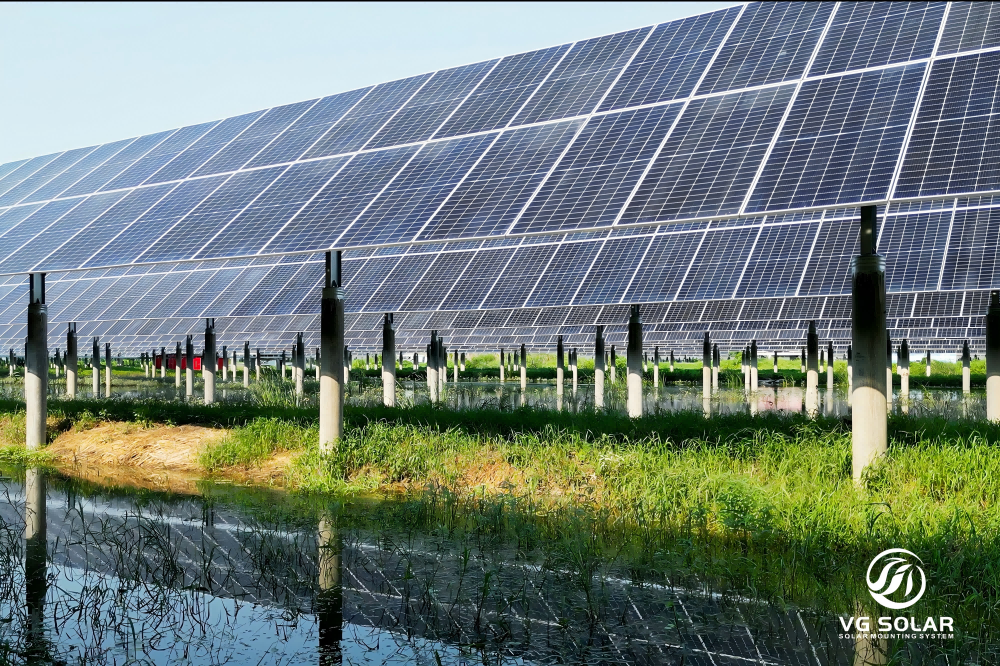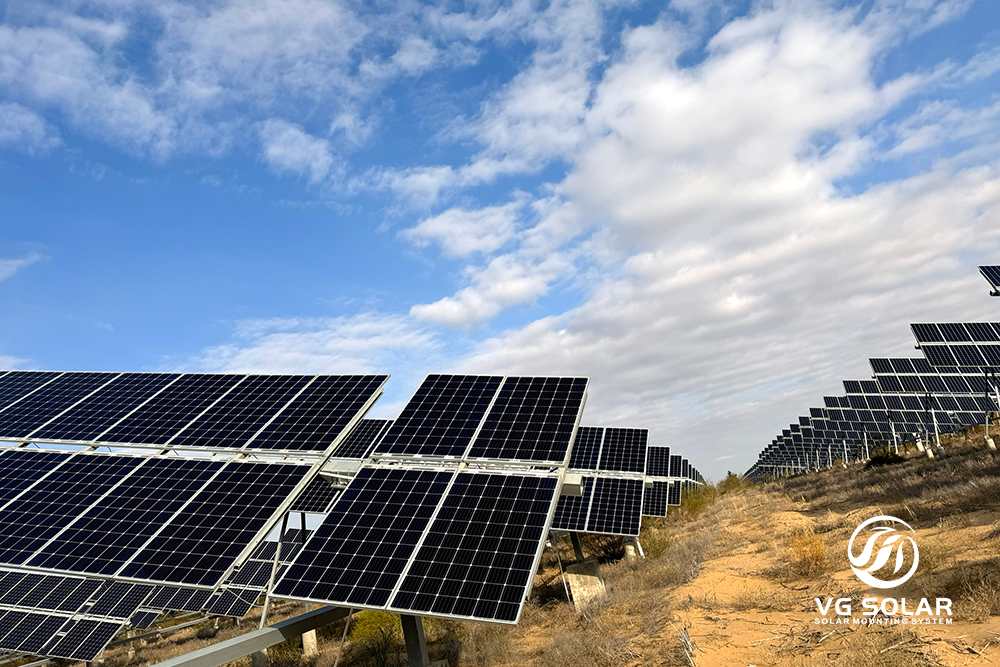The renewable energy sector has undergone significant changes in recent years, with photovoltaic (PV) technology at the forefront. Among the many innovations in the solar energy sector, PV tracking systems have become a disruptive technology, significantly improving the efficiency and power generation of solar installations. As the application scenarios for these systems continue to expand, so too does their potential, suggesting a brighter future for solar energy.
Traditionally, photovoltaic systems have been used primarily on flat terrain where solar panels can be mounted at fixed angles to capture sunlight. However, as the demand for renewable energy grows, so does the need for more efficient and flexible solutions. Photovoltaic tracking systems, which adjust the orientation of solar panels to follow the path of the sun throughout the day, have proven to be an important advancement in this regard. These systems not only maximise energy capture efficiency, but also optimise the performance of solar installations in different terrain conditions.
The versatility of solar tracking systems is one of their main advantages. No longer limited to a single flat area, they are being successfully implemented in complex and varied terrain. From rolling hills to urban environments, these systems are designed to adapt to different geographical conditions, ensuring that solar energy can be effectively harnessed regardless of the terrain. This adaptability opens up new opportunities for the use of solar energy in areas previously considered unsuitable for traditional fixed panel installations.
As the application scenarios for PV tracking systems continue to break through traditional boundaries, their value is becoming increasingly apparent. The ability to generate more electricity from the same number of solar panels means higher returns on investment for solar developers and operators.
The market potential for photovoltaic tracking systems is also promising. As governments and organisations around the world work to meet ambitious renewable energy targets, the demand for innovative solar solutions will grow. Photovoltaic tracking systems will play a key role in this transformation, offering a compelling solution to the challenges of energy production in a rapidly changing world. As the technology continues to advance, we can expect tracking systems to continue to improve, making them more efficient and cost effective.
In addition to their economic benefits, solar tracking systems contribute to environmental sustainability. By maximising energy production, these systems help to reduce reliance on fossil fuels and cut greenhouse gas emissions. As the world works to combat the effects of climate change, renewable energy sources, particularly solar energy, are becoming increasingly important. Photovoltaic tracking systems are more than just a technological innovation; they are an essential component of a sustainable energy future.
In summary, the application scenarios for photovoltaic tracking systems are rapidly expanding, demonstrating their great potential in the field of renewable energy. From flat terrain to complex environments, these systems are opening up new applications and demonstrating their value in maximising solar energy production. With an optimistic market outlook and a commitment to sustainable development, solar tracking systems are expected to play a key role in the global transition to renewable energy. As we move forward, embracing these innovations is essential to fully realise the potential of solar energy and meet today’s pressing energy challenges.
Post time: Apr-30-2025


